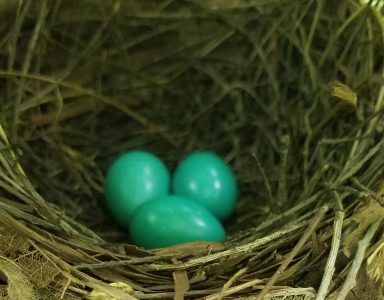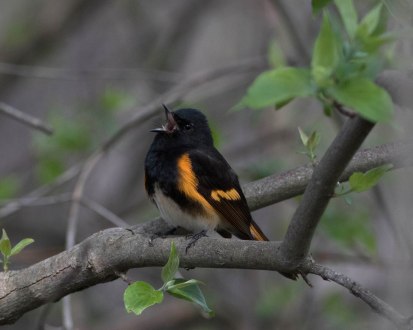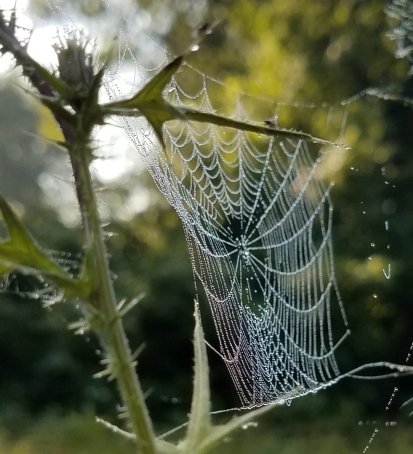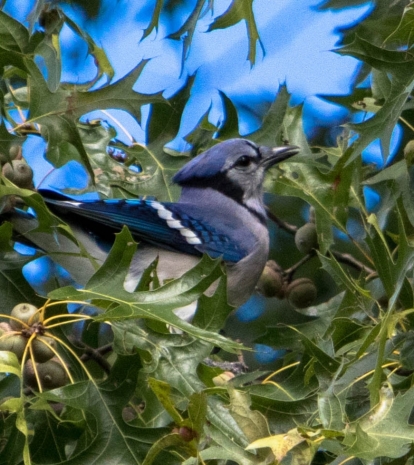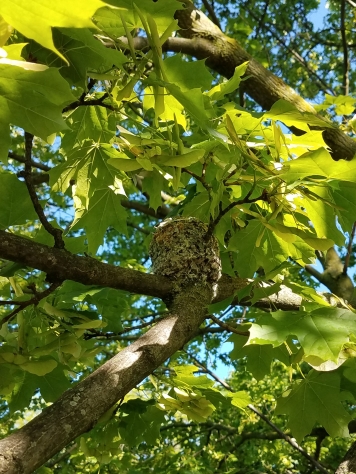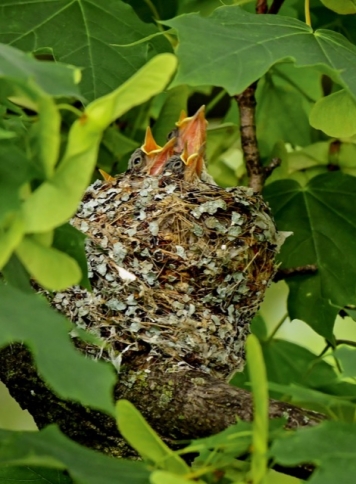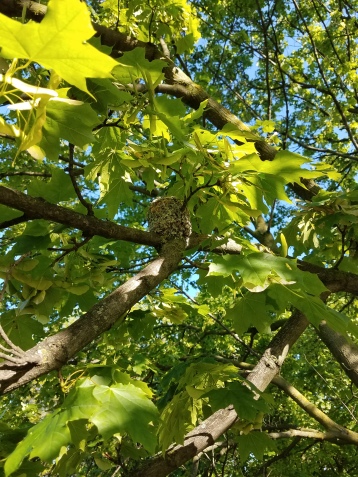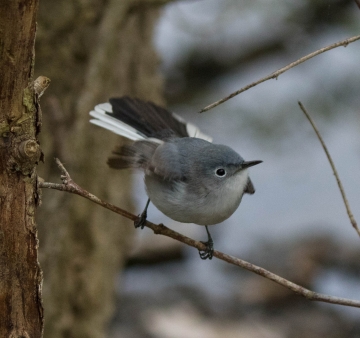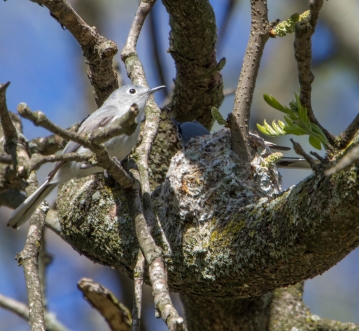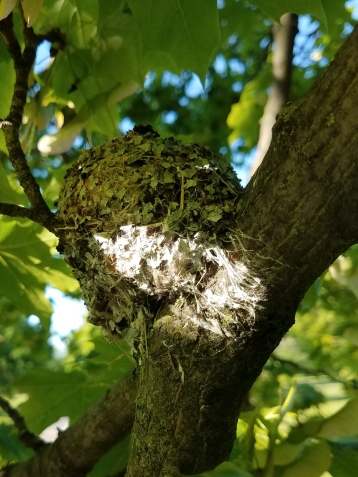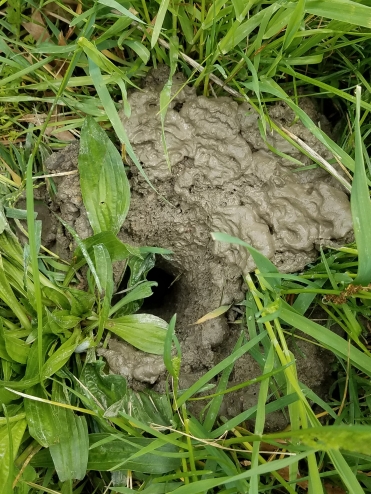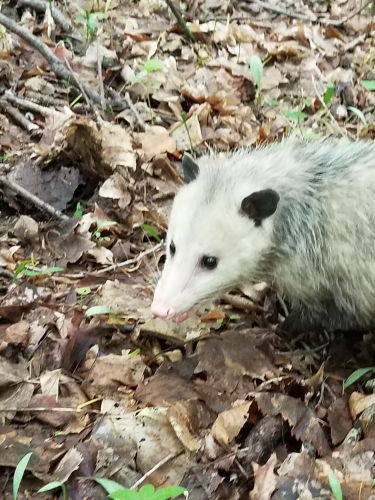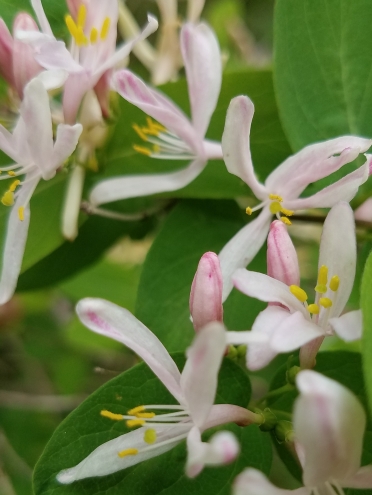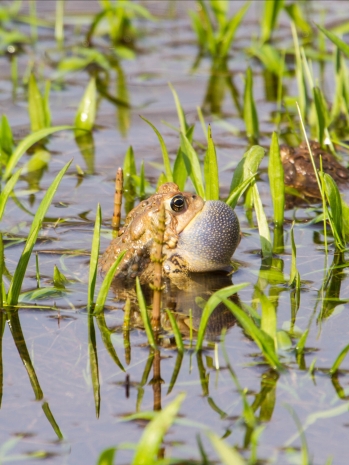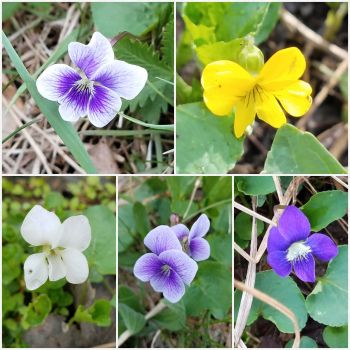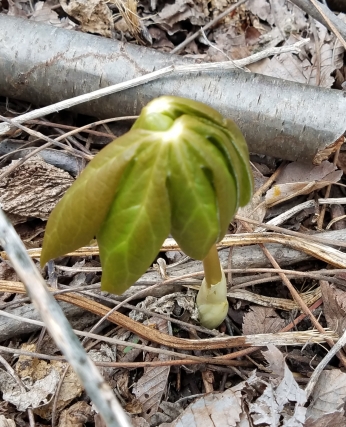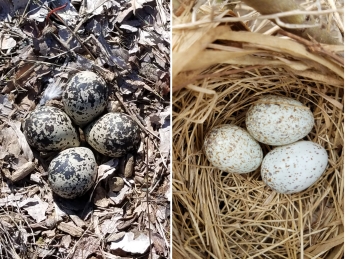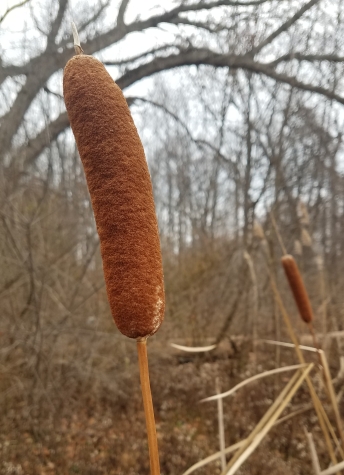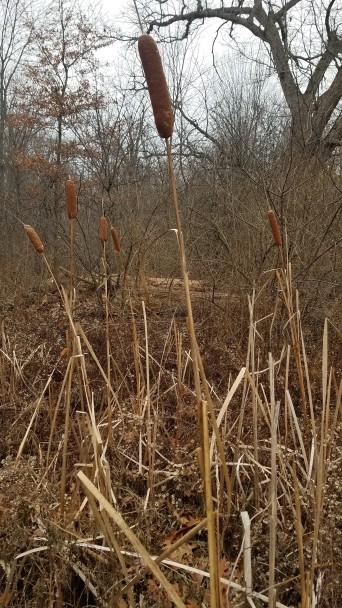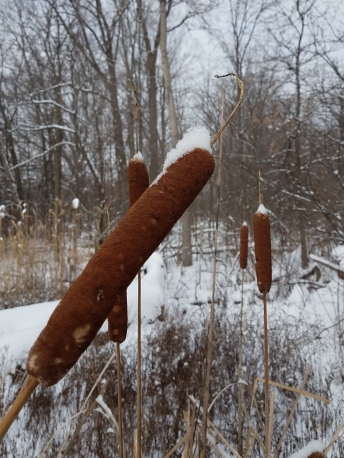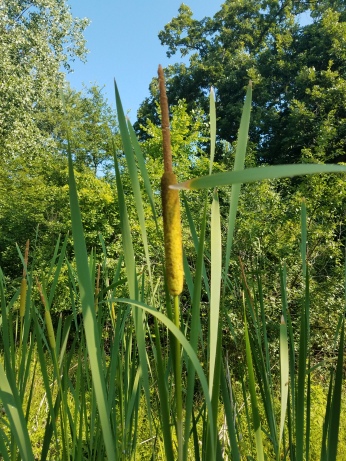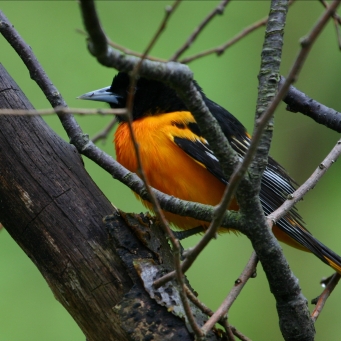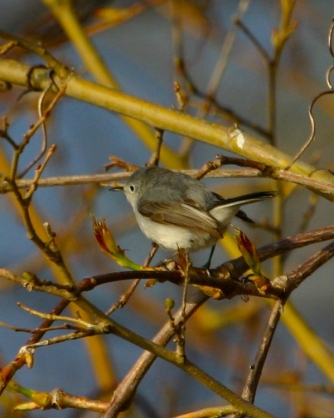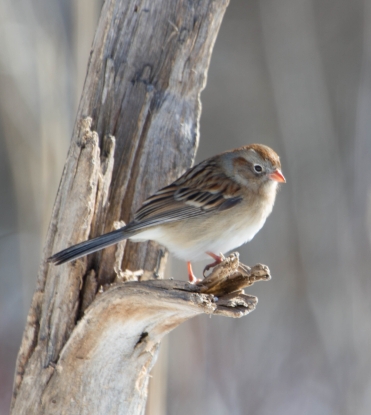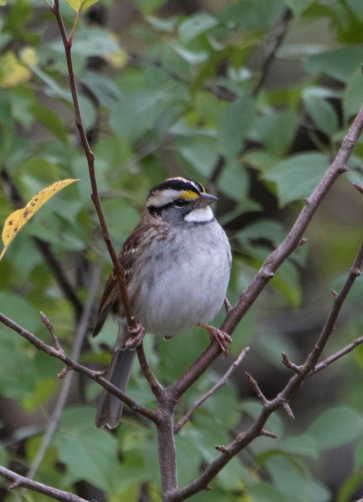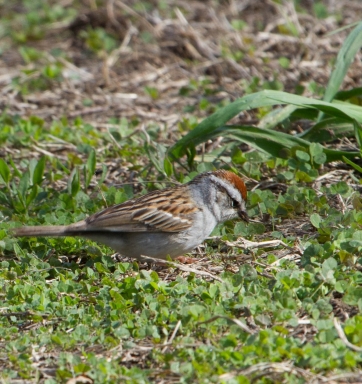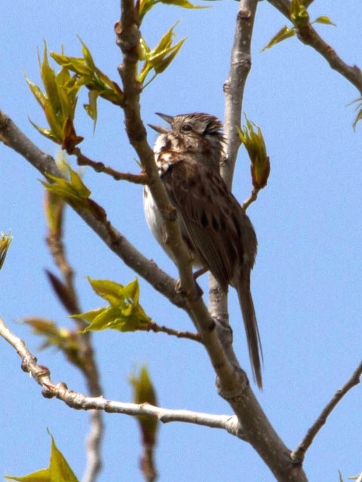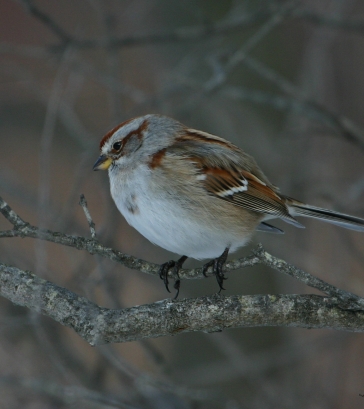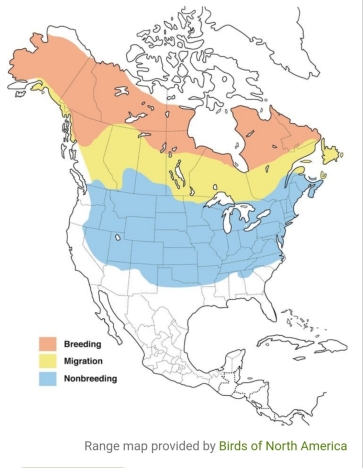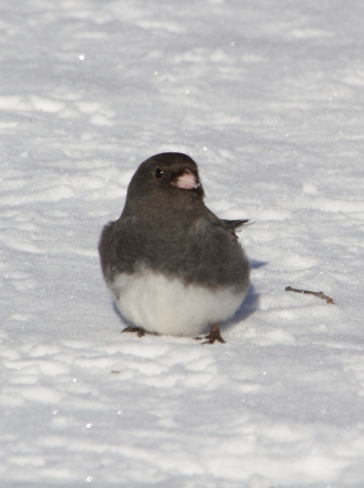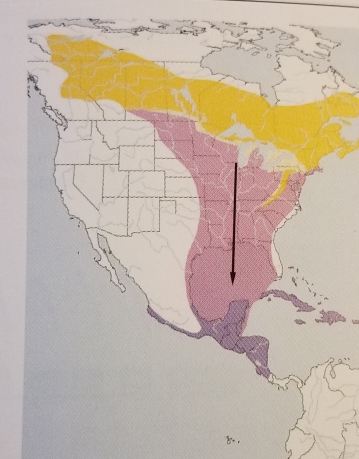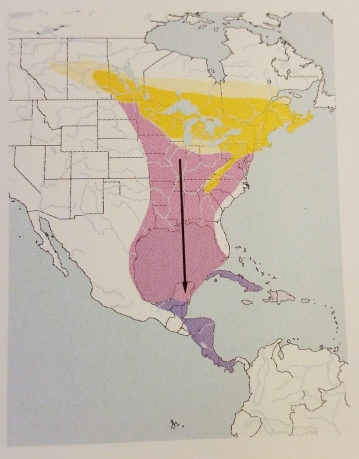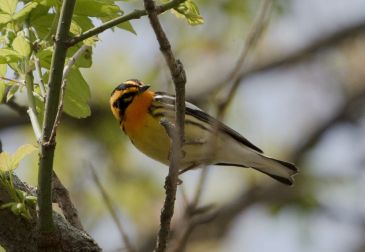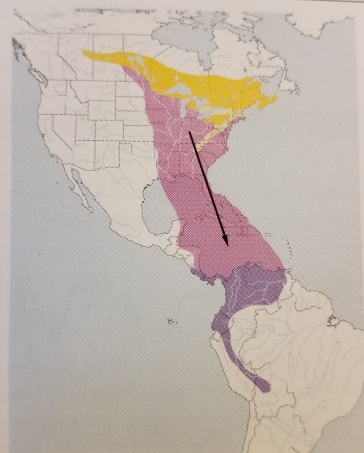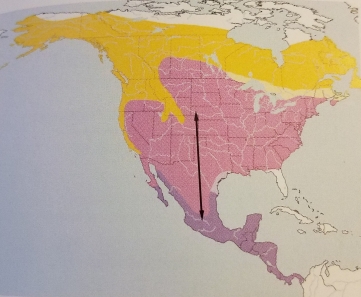Eliza Howell Park is one of the locations included in a special bird learning series this year sponsored by Detroit Audubon. This program is designed to assist individuals who want to improve their ability to recognize and identify birds by sight.
The project goal is for all who participate to be able to recognize on their own 40 or more bird species by the end of the three field trips.
The field trips are designed to provide extended looks at many of the birds that breed in the Detroit area. One is the Wood Duck. Once seen, the male is usually remembered, but the female is not so distinctive.
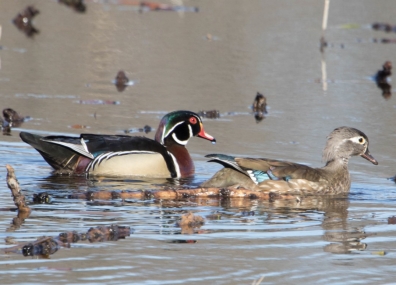
I thank Margaret Weber, who provided all the photos included here.
The field trips are on Saturday mornings, from 8:30 – 11:00, at three different locations.
Saturday, April 25, Kensington Metropark
Saturday, May 30, Eliza Howell Park (in Detroit)
Saturday, June 20, Rouge Park (in Detroit)
Kensington is a good location for becoming more familiar with “sexual dimorphism” in birds (difference in appearance between females and males), such as in Wood Ducks. The Red-winged Blackbird is another species in which the female looks very different from the male.
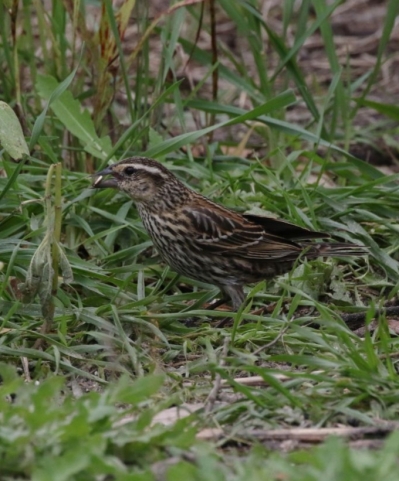
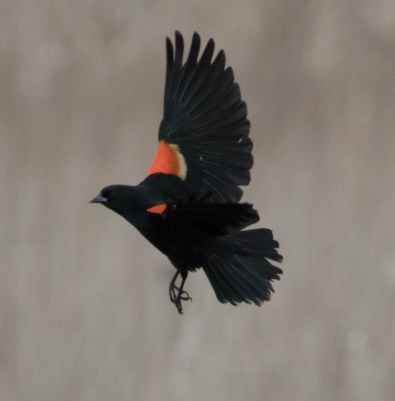
In many bird species, the differences in appearance between the sexes are slight or not visible.
Among the birds on the “40 in 2020” list, Barn Swallow is one example of minimal female-male difference in appearance. The field trip leaders (Grace Vatai and I) will assist individuals in recognizing how Barn Swallows differ from two other swallow species that we will likely encounter – and how to identify them in flight.
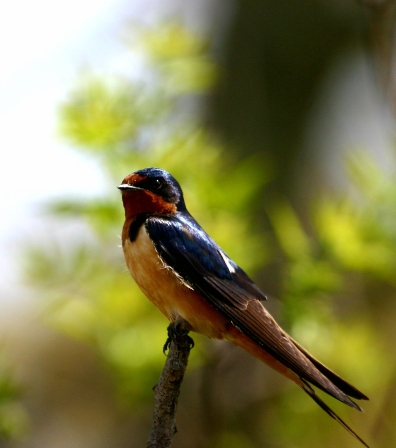
One can, of course, enjoy birds without being able to name the species. But, at least in my experience, knowing “who is who” is an important step in learning about their behavior. In addition to bird identification, this project will include some discussion of breeding habitat and behavior.
Killdeer nest on the open ground and Belted Kingfishers nest in the ground, in a tunnel in a (river) bank.
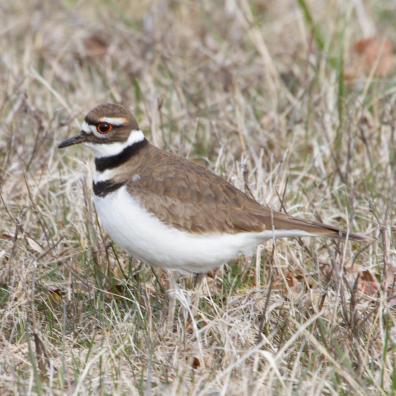
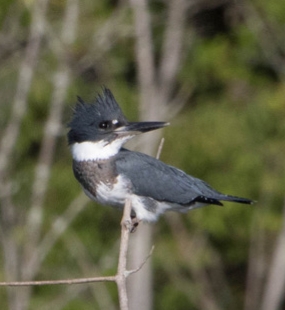
Participants need to register in advance and are expected to take part in all three Saturday trips. Individual field trips are not open to anyone who is not registered for all three.
The group is limited to 20 individuals. One does not need to be a member of Detroit Audubon to participate, but priority will be given to members if the group limit is reached. There is no program fee, but Kensington Metropark has an entrance fee.
Registration is managed by Detroit Audubon. The link:
https://www.eventbrite.com/e/40-in-2020-beginning-birding-series-tickets-97580547043
The project is designed to focus on different birds in each of the three field trips. We are working with a list of some 60 different species selected from among those that breed in the Detroit area. Some are quite common; others less common. Some are colorful; some are not. The list will be made available to those who register.
The Green Heron is one of the “target” birds.

